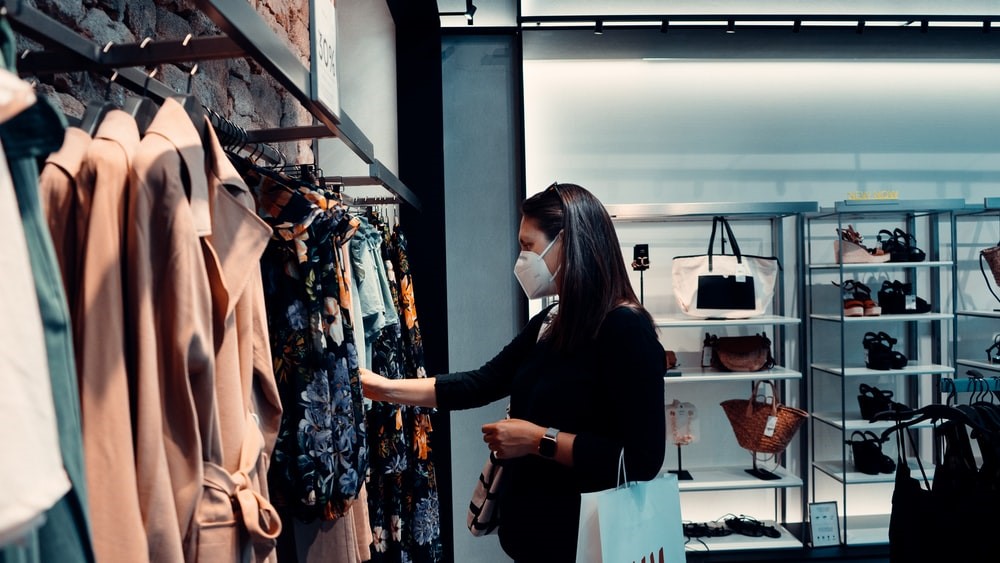COVID-19 has had a profound impact on the retail industry worldwide. During the pandemic in Australia, retailers of essential products such as supermarkets have had to deal with panic buying, supply issues and buying limits for shoppers. At the same time, other retailers have either had to close their doors completely or operate with restricted hours and customer numbers in-store.
A number of specialty retailers have also been offering contactless deliveries and ‘click and collect’ curb-side pickups to avoid in-person interactions, placing greater demands on other forms of communication with their customers.
Industry pundits have highlighted COVID-19’s role in accelerating digital transformation and innovation, a trend that has already been underway in the retail sector, particularly in relation to customer experience. Research firm Gartner called this out in a paper published in December last year:
“The retail industry continues to transform through a period of unprecedented changes, with customer experience fast becoming the new currency. For retailers to increase sales per labour hour without sacrificing on the customer or employee experience, they must begin to think differently about stores and the people working in them.”
In a survey of 3500+ retail employees and consumers from Australia, Canada, UK and US (conducted in February 2020, before the full impact of COVID-19 hit Australia), RingCentral found that shoppers were already frustrated with their communication experience with retailers.
Consumers are facing a wide range of difficulties when interacting and transacting with retailers. And retail employees feel their customers’ pain—a whopping 89% of retail employees believe their customers face issues when trying to communicate with their organisation. From experiencing longer-than-expected wait times (58%) to downright frustration (41%) and actual anger (21%), there is no shortage of challenges in today’s shopping experience.
Another issue is the sizable gap between retail employees’ perceptions of their customers’ experiences and the actual depth of the frustration customers are feeling. For instance, 45% of employees felt that their customers experience long wait times, but 58% of customers reported having to wait for too long — a 13-point gap.
Retail employees may not have realised this is as big an issue as it is, because most prospective customers have simply hung up and moved on before the call is answered. When consumers couldn’t reach someone by phone or online, the research found that almost half (46%) didn’t purchase the product they were planning to buy, and more than one third (35%) switched to another retailer to make that purchase. The (slightly) good news is that of all the countries surveyed, Australians are the most likely to say they hadn’t experienced any communication issues in dealing with retailers – but that is still a very low 14%.
So, what should retailers be doing to improve the customer experience, particularly when they are limited with regards to opportunities for face-to-face interaction?
The key message is don’t forget about your phones, and make sure that you have a robust inbound calling strategy as part of your unified communications or contact centre solution. Our research found that consumers prefer to speak to someone on the phone for most touchpoints in the purchase process – and nine in ten consumers globally agree that when they engage with a retailer, they only want to interact with a human.
And, while our research found that multi-mode communications are not yet the norm, this is likely to have accelerated during COVID-19 and will definitely continue to increase in the future, as younger generations were far more likely to use multi-mode communications with retailers (54% of both Gen Zers and Millennials said the do sometimes or often). In the world of multi-mode communications, it’s even more critical to have a single communication application – which is already clearly recognised by the majority of retail employees who responded that a single app would make customer communication easier (68%) and colleague communication easier (67%).
A full copy of our Retail 2020 Connected Shopper and Employee Communications Report can be found here. If you’d like to discuss any aspects of this report, please get in touch.
Originally published 29 Jul, 2020





